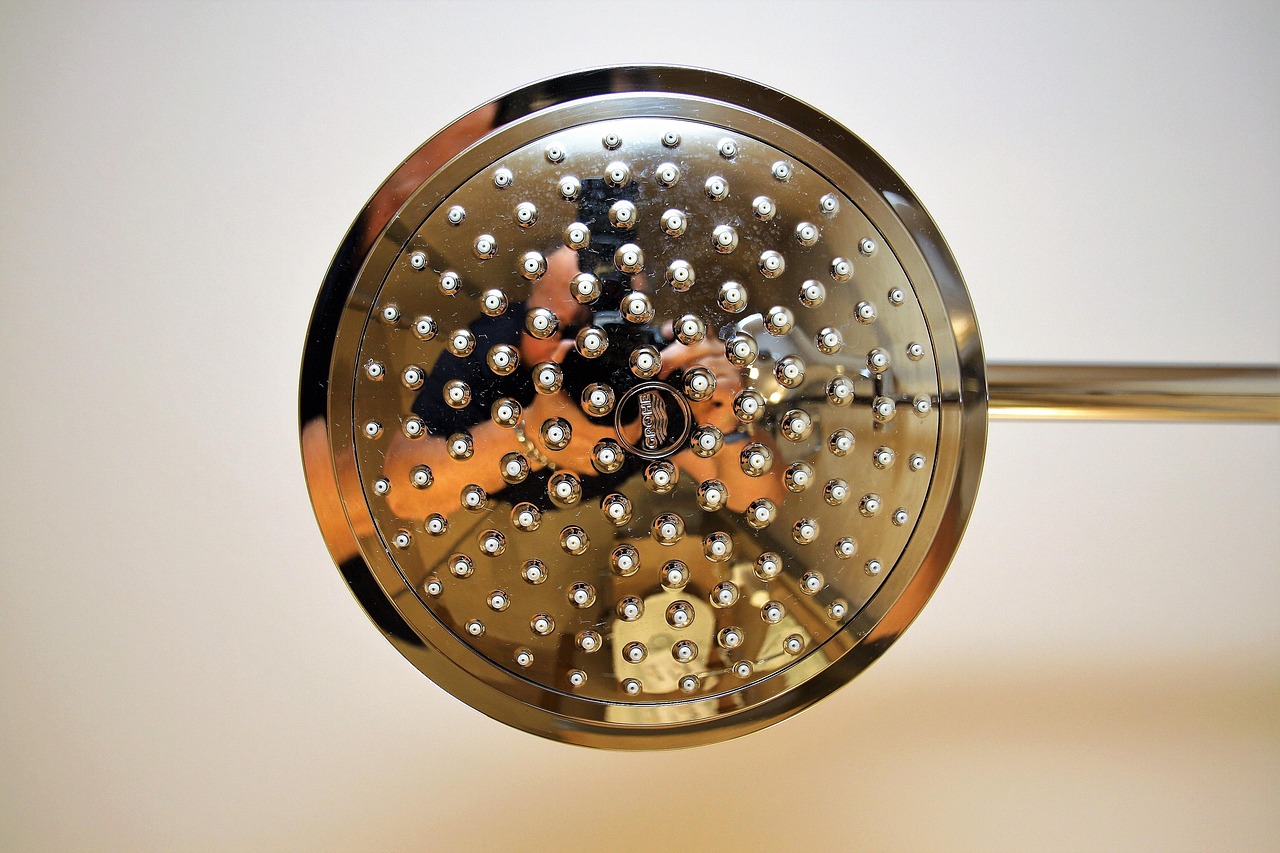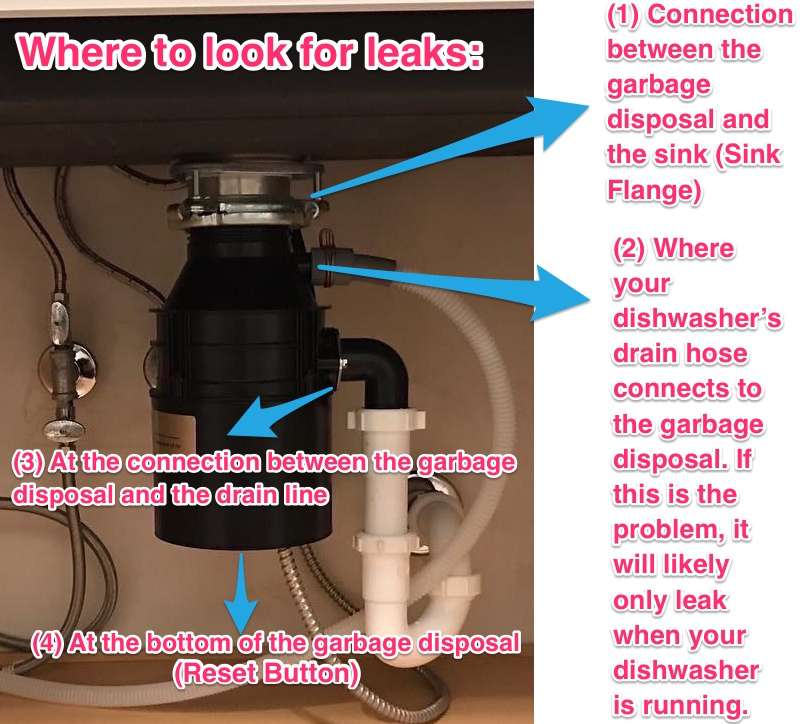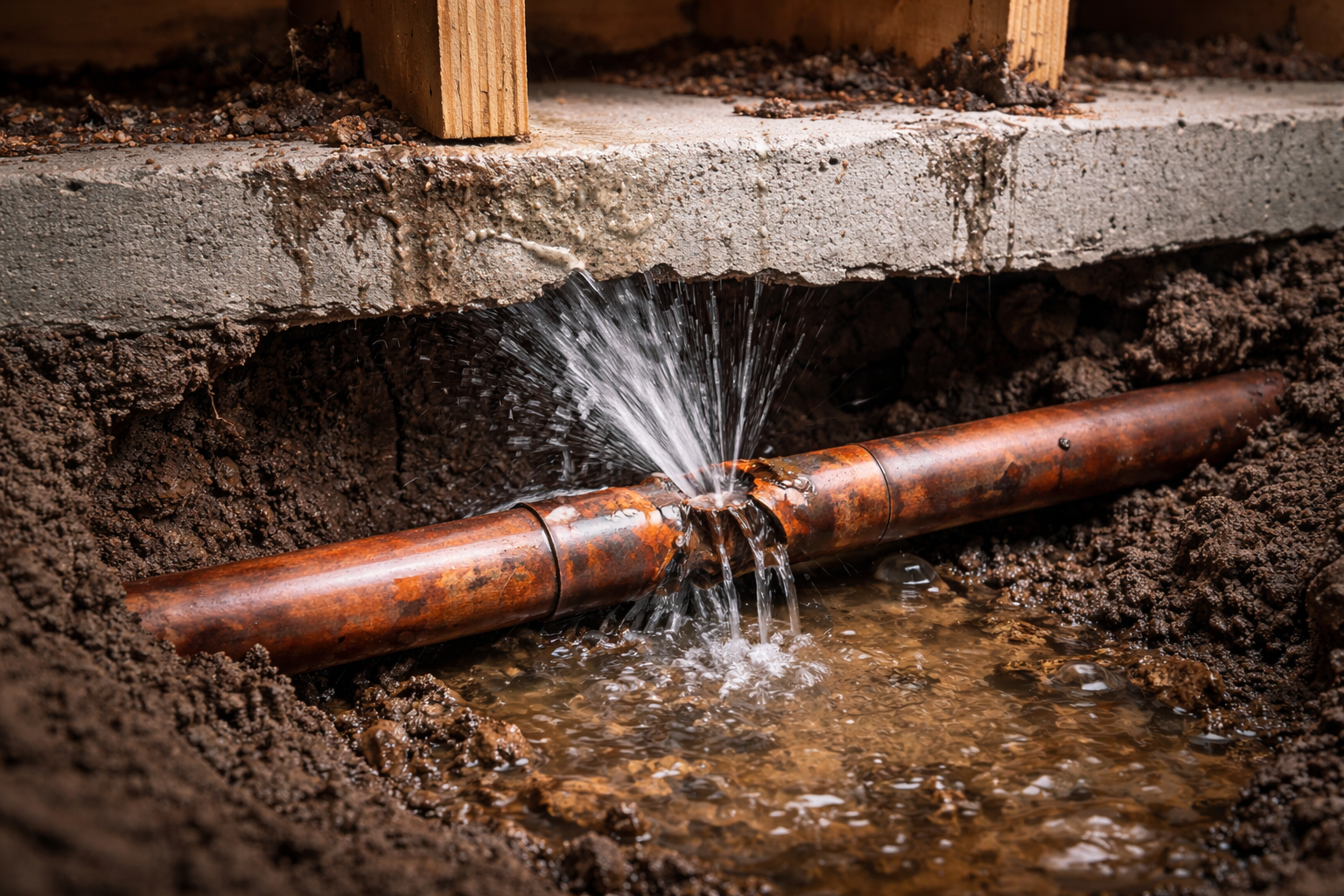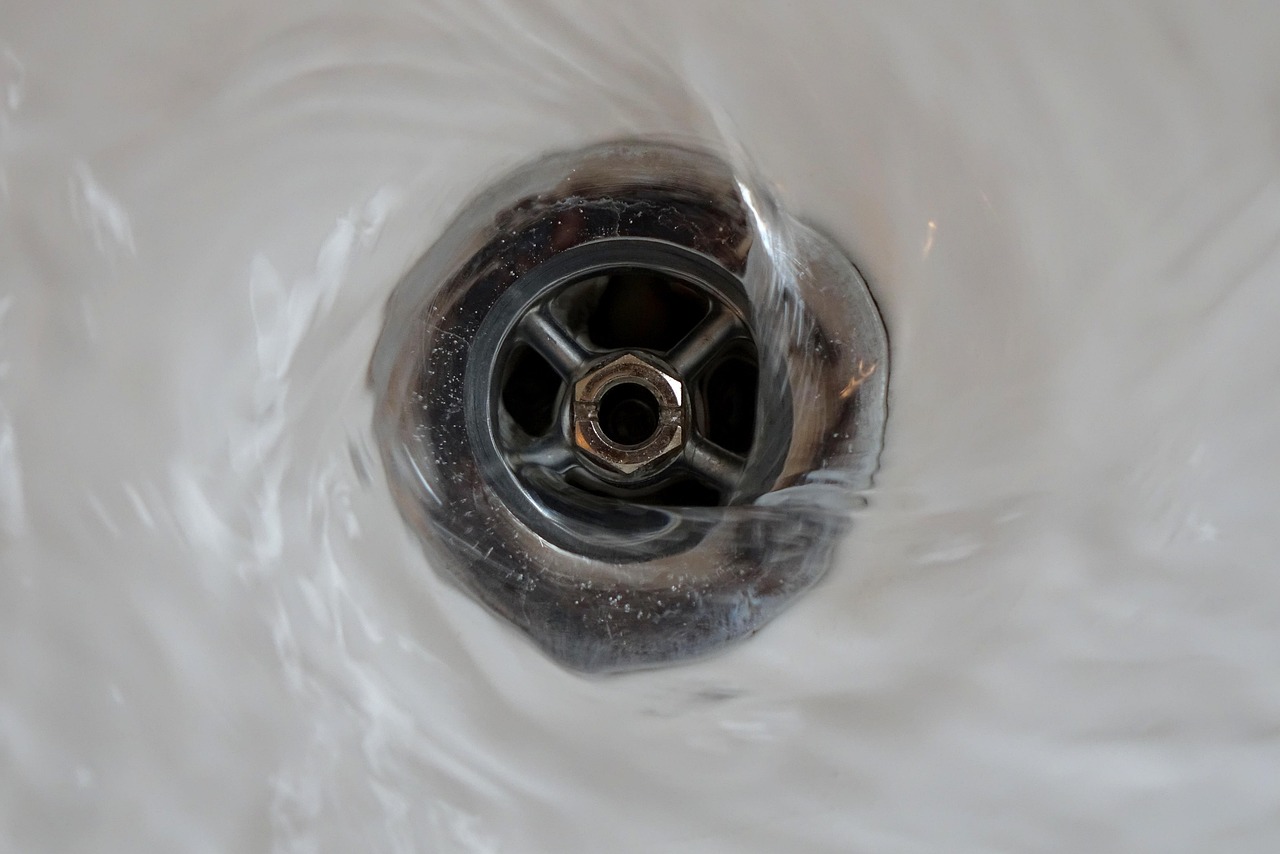
A leaking shower head can be frustrating and waste a lot of water over time. Whether it’s a constant drip or a small leak that won’t go away, it’s usually a sign that something inside the fixture isn’t working right. Let’s break down why shower heads leak and what you can do to stop it.
Why Does My Shower Head Drip Water After I Turn It Off?
If your shower head drips for a few minutes after you shut off the water, that’s actually pretty normal. Water can stay trapped in the shower arm or the shower head itself, and it slowly drains out due to gravity. However, if the dripping continues for hours, that’s not normal. This usually means that water is still leaking through the shower valve or a worn-out washer.
What Does It Mean When a Shower Head Leaks Water?
When your shower head keeps leaking, it means that water is getting past a seal that should be keeping it in place. Most often, the problem is with the shower valve (the part inside the wall that controls water flow). Over time, rubber washers or O-rings inside the valve can wear down, letting water leak through even when the handle is turned off. It could also mean there’s mineral buildup inside the shower head, especially if you have hard water in your area. The minerals can block proper water flow and cause pressure problems, which can lead to leaks.
How Do I Stop My Showerhead from Dripping?
To stop a showerhead from dripping, you first need to figure out where the leak is coming from. Start by unscrewing the shower head from the pipe. Check for dirt, mineral buildup, or a broken washer inside the head. Clean it out with a vinegar soak to remove limescale and calcium deposits. This video from The Home Depot can help guide you through cleaning a clogged showerhead.
If the head looks fine, the problem might be inside the valve. You’ll need to remove the shower handle and faceplate to get to the valve. Then, shut off the water to the bathroom and check the rubber washers or cartridges inside. If they’re worn or cracked, replace them. You can usually find replacement parts at your local hardware store or online at Lowe’s or Home Depot.
How to Stop Shower Bar Dripping
Some showers have a bar or rail system that supports a handheld shower head. If this type of setup is leaking, first check the connection between the hose and the handheld unit. A loose or cracked washer inside that connection is often the cause. Tighten the connection by hand or with a wrench (but don’t overtighten). If the hose itself is old, it might be leaking from a crack or hole—replacing it is usually a quick fix.
You can also wrap plumber’s tape (also called Teflon tape) around the threads of any connections to help create a watertight seal. Learn how to use plumber’s tape correctly from Family Handyman.
What Are the Most Common Reasons for a Leaky Shower Head?
- Worn-out rubber washers – These are inside the valve and create a seal to stop water. When they wear out, water keeps flowing even when the handle is off.
- Old or damaged cartridge – Some showers use a cartridge inside the valve. If it’s cracked or clogged, water can leak through.
- Clogged shower head – Buildup from hard water can block water flow and cause pressure to back up, forcing water out where it shouldn’t go.
- Loose connections – Threads that aren’t sealed tight can drip over time. This happens often between the shower arm and the head.
- High water pressure – If your home has very high water pressure, it can wear down seals and cause leaks. A pressure regulator may help.
How Much Water Does a Dripping Shower Head Waste?
You might think a slow drip doesn’t waste much water, but it adds up. According to the EPA’s WaterSense program, one drip per second wastes more than 3,000 gallons of water per year. That’s the same amount of water you’d use for more than 180 showers! Fixing a leaking shower head not only saves money—it helps the environment too.
Can I Use a Universal Shower Valve Cartridge?
If you’re replacing a valve cartridge, be careful—not all cartridges are universal. You need to match the one that fits your shower valve’s brand and model. Common brands include Moen, Delta, Kohler, and American Standard. If you’re unsure, take the old cartridge to the hardware store or call the manufacturer for help.
You can also use websites like Danco to identify parts based on pictures or descriptions.
When Should I Call a Plumber?
If you’ve tried cleaning the shower head and replacing washers or the cartridge, but it still leaks, it might be time to call a plumber. Leaks inside the wall can lead to mold, drywall damage, or rotting wood. If water is coming from behind the shower wall or you’re dealing with stubborn parts that won’t come out, a licensed plumber can safely make the repair.
You should also contact a plumber if you notice water pressure changes, strange noises, or water coming from places it shouldn’t, like around the valve or tiles.
Fixing a Leaky Shower Head
A leaking shower head isn’t just annoying—it can waste thousands of gallons of water and increase your bill. Most of the time, the fix is simple: clean the head, tighten connections, or replace a washer. If the problem is deeper in the plumbing, it’s smart to get professional help before it turns into a bigger issue. Whether you DIY or call a pro, fixing a leaky shower head is a great way to save water and keep your bathroom running smoothly.
What’s Next?
Doug Herrell Plumbing is a trusted leader in Brevard County, Florida, specializing in slab leak detection and re-piping services. Call us today for a free estimate before a slab leak causes unnecessary damage to your property.
About Doug Herrell Plumbing – lic#CFC 048487
Doug Herrell Plumbing has been Brevard County’s source for plumbing services since 1980. We are a family owned and operated business and take tremendous pride in providing honest and reliable plumbing services at an affordable price.
CALL 321-254-0004
Serving Melbourne, Palm Bay, Viera, Suntree, Titusville, Merritt Island, Melbourne Beach, Indialantic, Indian Harbour Beach, Cape Canaveral, Satellite Beach, Rockledge, West Melbourne, Cocoa, and Cocoa Beach.
continue reading


